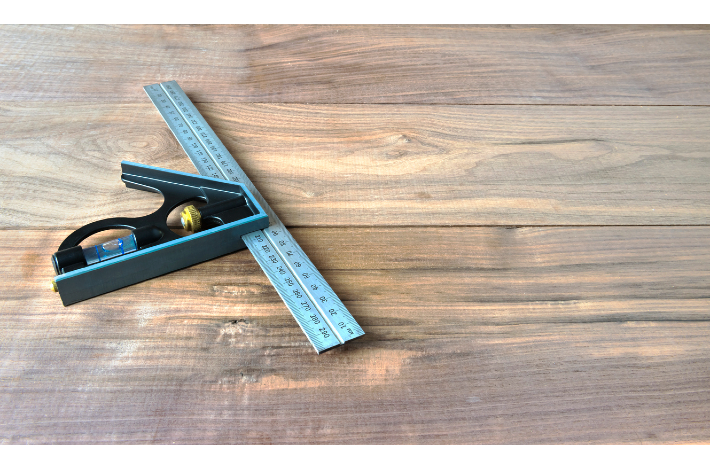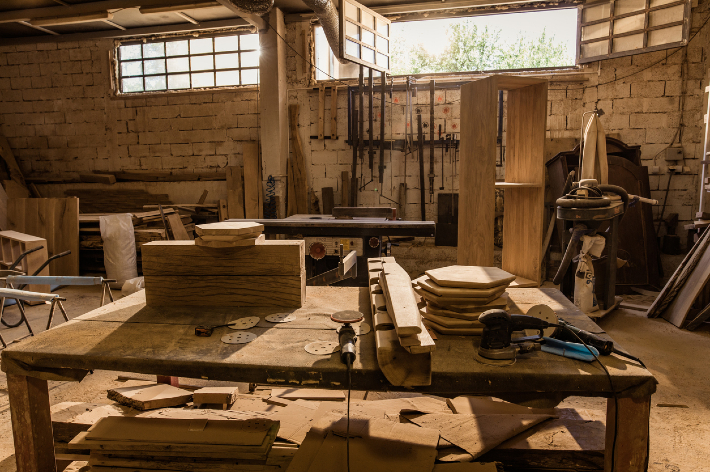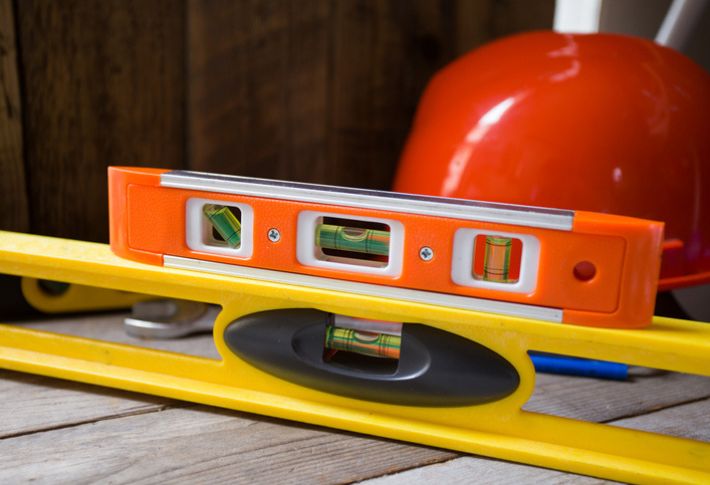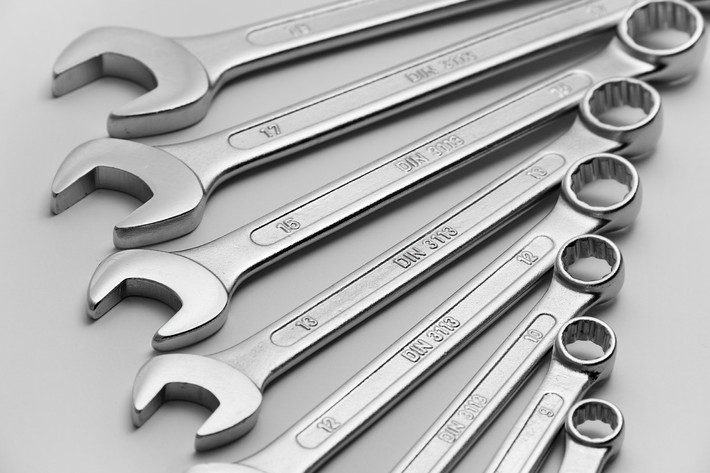- StoreProjects
- Free Plans and Projects
- Furniture Projects
- Jigs And Fixtures Projects
- Shop Projects
- SketchUp Models
- Shop Storage
- Workbenches
- Free Woodworking Downloads From Lee Valley
TechniquesToolsVideos- Premium Streaming Video Site
- Experts Guide to Gluing & Clamping Wood
- Mastering Built-In Furniture
- Simple Live-Edge Slab Table
- CNC – Designed for Woodworkers
- Milling Your Own Lumber
- Advanced Bandsaw Techniques
- I Can Do That! – Simple Woodworking Projects
- Woodwright’s Shop with Roy Underhill
- Tricks of the Trade
BlogPopular Woodworking Reviews Team
The Popular Woodworking Review Team’s product reviews and comprehensive guides are here to help you select the best gear and tools to efficiently complete top-quality woodworking projects.
Popular Woodworking is reader-supported: When you buy through links on our site, we may earn an affiliate commission. Artificial Intelligence (large language models) may have been used in the research and creation of the content.
Questions about product testing or a specific articles should be sent to aimperiapt@gmail.com
Updated July 24, 2024Ensure the safety of your loved ones and home by adding a layer of fire prevention security to your home with the best smoke alarms.Updated July 24, 2024Writing on wood isn’t the same as writing on paper. That’s why you need one of these great carpenter pencils.Updated July 24, 2024Bringing precision to complex woodworking projects has become easier with the best combination squares.Updated July 24, 2024Make home renovations fast and hassle-free with the best handheld paint sprayers. Transform your furniture today!Updated July 24, 2024A biscuit joiner is a critical tool for any woodworker. Discover the best biscuit joiners with this guide.Updated July 24, 2024Cut down the size of your growing DIY projects and take care of them once and for all with our guide to the best hand saws.Updated July 24, 2024Exposure to dangerous chemicals, dust, and fumes can cause serious health problems. Protect yourself with the best respirator mask.Updated July 24, 2024A good workbench is a perfect way of keeping all your tools and workspace organized. Here are some of the best workbenches in 2024.Updated July 22, 2024To shape and shave wood like a pro, you’ll need a hand planer. Check out our top picks and create your next masterpiece.Updated July 22, 2024Get your hands on one of the great wood moisture meters in 2024, ensuring that you never regret working on a piece ever again.Updated July 22, 2024Getting rid of tiny dust particles becomes much easier with the right tools. This guide walks you through selecting the best dust collector.Updated July 22, 2024Transform your woodworking aspirations into masterpieces with our comprehensive guide to discovering the best wood lathes available.Updated July 22, 2024Explore the best wet tile saws, expertly curated to make your tile-cutting projects smoother and more precise than ever before.Updated July 22, 2024Elevate your living space with the best wall paints of 2024, guaranteed to rejuvenate your room and add a fresh touch of style.Updated July 22, 2024Discover chop saws that ensure precise and efficient cuts. Our guide simplifies your search for the right tool to enhance your projects.Updated July 20, 2024Working on a new shop project? The band saws on our list cut wood quickly, easily, and precisely. Start your project off on the right foot!Updated July 20, 2024Explore indispensable tools for precise hammering and nailing on projects with our guide to the best finish nailers available.Updated July 20, 2024Elevate your DIY game with the best sandblasters of 2024. Our guide will show you all the pros, cons, and tips for picking the perfect tool.Updated July 20, 2024Die grinders are versatile tools, but choosing the right one can be difficult. Find the best die grinder for your needs in our guide, with detailed insights on features, performance, and value.Updated July 19, 2024Unlock the power of accuracy with CNC routers that simplify intricate shape creation, saving valuable time and effort. Explore our curated guide.Updated July 19, 2024Explore the best levels known for their unparalleled accuracy and user-friendly design, essential for creating flawless woodworking projects.Updated July 19, 2024Whether you are a DIY enthusiast or seasoned pro, a bench vise lends a reliable hand, ensuring precision and efficiency at every turn.Updated July 19, 2024Unlock the power of precision with a brad nailer. This tool is excellent for securing delicate trims or heavy-duty woodworking projects.Updated July 19, 2024Tighten, turn, loosen, or fasten– we made a list of the best wrench sets, where to find them, and how to choose the best one.See more
























